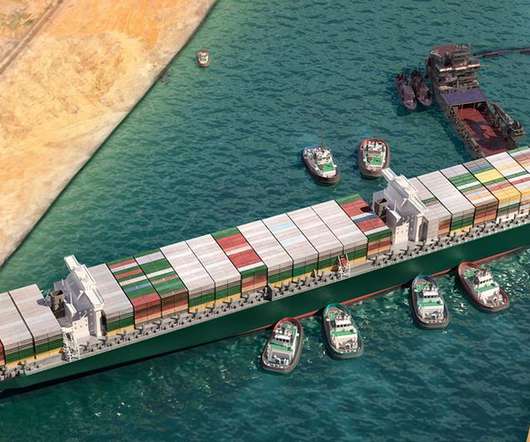Port of Los Angeles: Disintermediation and Other Risks
The UCLA Anderson Global Supply Chain Blog
JULY 21, 2014
increase in containerized cargo volumes in May 2014 from the previous year. Its proximity to the Port of Long Beach creates a maritime cluster that supports flexible supply chains with ready access to 14 major freight hubs across the US. Nicaragua is considering building its own canal. It saw an 8.2%
















Let's personalize your content